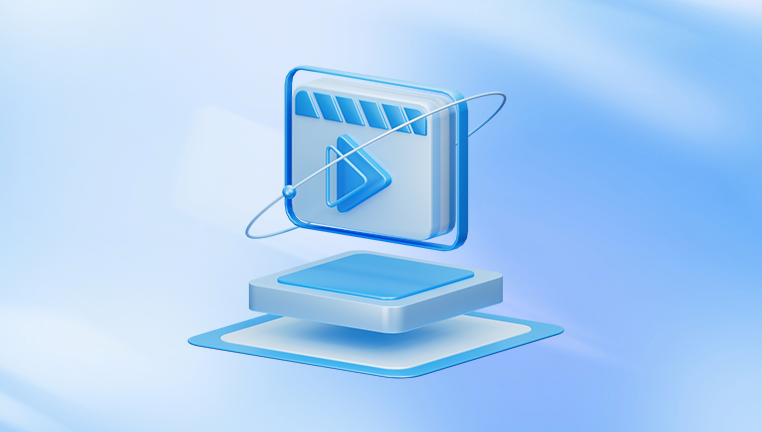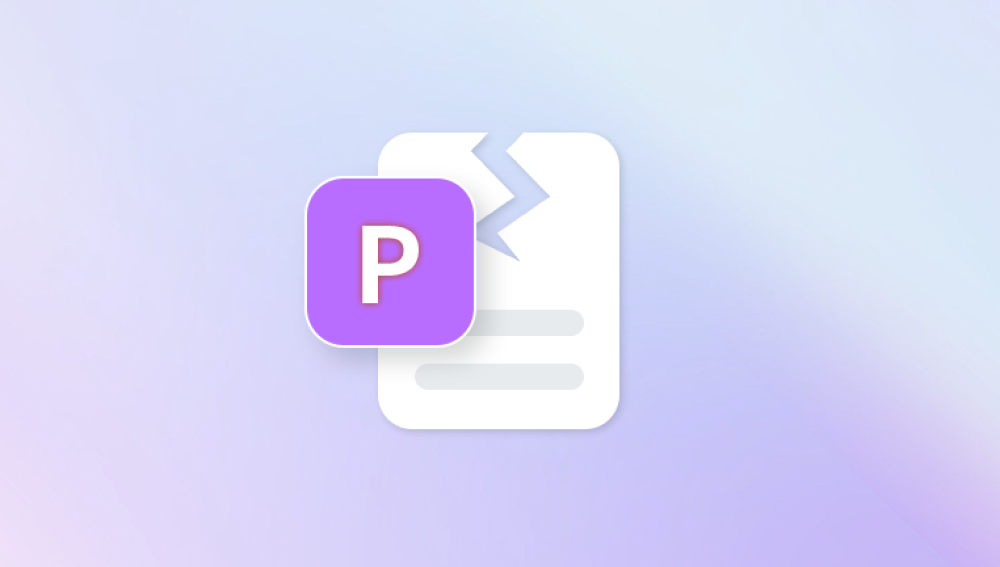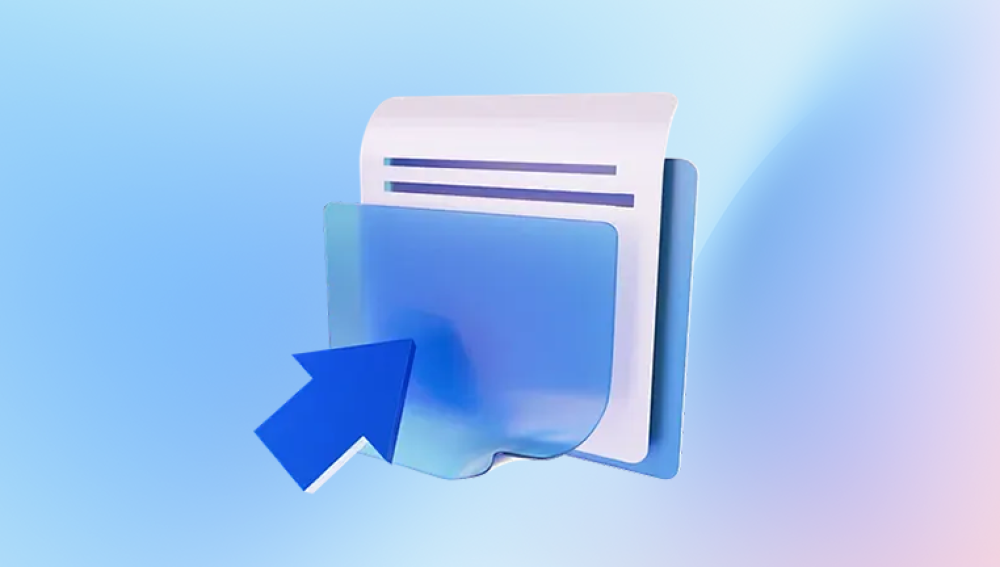MP4 is one of the most popular video formats, widely supported by media players, smartphones, digital cameras, and video editing tools. Unfortunately, MP4 files can become corrupted due to various reasons—sudden power loss, interrupted downloads, file transfer errors, or physical damage to storage devices. When an MP4 file is corrupted, it may fail to open, show black screens, drop audio, or display error messages like "unsupported format" or "can't play this file."
Improper system shutdown: Sudden power loss during playback or file saving.
Interruption during transfer: Unplugging external drives or SD cards during transfer.
Virus or malware: Malicious software modifying or damaging file headers.
Faulty camera shutdown: Abrupt power-offs or battery removals during recording.
Damaged storage: Bad sectors on hard drives, SD cards, or USB sticks.
Improper download: Incomplete or corrupted downloads from the internet.
Knowing the cause can sometimes help determine which repair method is most appropriate.

Symptoms of a Corrupted MP4 File
Corrupted MP4 files often behave in unusual ways. Here are some typical signs:
The file won’t open in any media player.
You hear audio but see a black screen (or vice versa).
The video freezes, skips, or crashes mid-playback.
Error messages appear such as:
“The file is not playable.”
“Unsupported format.”
“Error 0xc00d36c4” (on Windows).
File size appears unusually small or large.
Thumbnails do not generate.
If your file shows any of the above symptoms, it's time to attempt a repair.
Preliminary Steps: Check the Basics
Before using repair tools, try some basic checks:
1. Try a Different Media Player
Some players are better at handling damaged files. Try opening the video in:
VLC Media Player (highly recommended)
KMPlayer
PotPlayer
MPC-HC
VLC, in particular, is often able to play files that others can't.
2. Copy the File to Another Location
Sometimes the file may not be fully accessible due to permissions or partial corruption. Try copying it to your desktop or another drive and playing it again.
3. Change the File Extension
Changing the extension from .mp4 to .avi or .mov may sometimes allow media players or editors to load the video. While this doesn’t fix the file itself, it can trick some programs into reading it differently.
Method 1: Repair MP4 Files Using VLC Media Player
VLC isn’t just a media player—it has built-in file repair functionality.
Step-by-Step Guide:
Open VLC.
Go to Media > Convert/Save.
Click Add and select your corrupted MP4 file.
Click Convert/Save.
In the new window, choose the Convert option.
Choose a profile (like Video - H.264 + MP3 (MP4)).
Select a destination file name.
Click Start.
If the file can be read, VLC will try to reconstruct the video into a new playable file.
For AVI Conversion Trick:
Rename your .mp4 file to .avi.
Open VLC, go to Tools > Preferences.
Under the Input/Codecs section, find Damaged or incomplete AVI file.
Set it to Always Fix.
Open the file in VLC.
This can help VLC auto-repair the video when opening it.
Method 2: Use a Dedicated Video Repair Tool
If VLC doesn’t work, a professional video repair tool may be needed. Here are some reliable options:
1. Panda Repair
MP4 files are widely used for recording and sharing videos due to their high compatibility and quality. However, MP4 files can become corrupted because of sudden power loss, interrupted transfers, system crashes, or malware attacks. If your MP4 video won’t play, freezes, loses audio, or shows error messages, Panda Repair offers a reliable solution.
Step 1: Download and Install Panda Repair
Begin by downloading Panda Repair from the official website. Follow the installation instructions to set it up on your Windows or macOS system. The software is lightweight and easy to install.
Step 2: Open the Program and Import Your MP4 File
Launch Panda Repair. On the home screen, click on the Video Repair tab. Select Add File to browse your system and import the corrupted MP4 video file. You can also add multiple files for batch repair.
Step 3: Choose a Sample File (Optional)
If the software prompts you to add a sample video, select a working MP4 file recorded with the same device or camera. This helps improve repair accuracy.
Step 4: Start the Repair Process
Click the Repair button to begin. Panda Repair will scan the video, identify errors like broken headers or sync issues, and reconstruct the damaged content.
Step 5: Preview and Save the Repaired Video
Once repaired, preview the video using the built-in player. If satisfied, click Save to export the fixed file to your desired location.
Why Choose Panda Repair?
Panda Repair is fast, user-friendly, and supports a wide range of video formats. It restores playback quality, audio-video sync, and corrupted frames—making it a trusted choice for repairing MP4 video files.
2. Recoverit Video Repair (by Wondershare)
Two repair modes: Quick and Advanced.
Works with MP4. MOV, M4V, and 3GP formats.
Allows batch repair.
Steps:
Install Recoverit and launch the Video Repair module.
Add your corrupted MP4 file.
Click Repair.
For severe corruption, use Advanced Repair with a sample video.
Preview and export the repaired video.
3. Remo Video Repair
Known for deep repair of MP4 and MOV files.
Ideal for GoPro, DJI, and iPhone recordings.
Install, load the video, add a healthy reference file, and click Repair.
Method 3: Repair via FFmpeg (Advanced Users)
FFmpeg is a powerful command-line tool for video processing. It can sometimes fix container-level issues in MP4 files.
Example Command:
bash
CopyEdit
ffmpeg -i corrupted.mp4 -c copy output.mp4
This copies the streams (audio/video) to a new MP4 container without re-encoding, which may correct playback errors caused by corruption in the original container.
If FFmpeg gives an error, try:
bash
CopyEdit
ffmpeg -err_detect ignore_err -i corrupted.mp4 -c copy repaired.mp4
This tells FFmpeg to ignore decoding errors while copying streams.
Note: FFmpeg won’t fix deep corruption (e.g., missing frames or broken codecs), but it’s very effective for minor issues.
Method 4: Restore from Temporary or Backup Files
Depending on where and how the MP4 file was recorded or edited, a temporary file might still exist.
Look in:
Camera folders: Look for hidden or “.tmp” files.
Video editing software folders (e.g., Adobe Premiere, Final Cut): Many auto-save project files and media caches.
Recycle Bin or Trash: If recently deleted, a healthy version may still be there.
Backup Solutions:
Cloud services (Google Drive, OneDrive, iCloud) might retain older versions.
Windows File History or macOS Time Machine can be used to restore earlier versions.
Restoring from backup is often the most reliable way to recover a working video file.
Method 5: Re-download or Re-transfer the MP4 File
If the video was obtained via download or transfer:
Re-download it from the original source.
Re-transfer it from the camera, SD card, or USB drive.
Use reliable tools like TeraCopy or Robocopy to prevent transfer errors.
Avoid using “cut and paste” when moving important video files—always use “copy and paste” and verify file integrity first.
Bonus Tips: Prevent Future MP4 Corruption
1. Safely Eject Devices
Never unplug SD cards or USB drives without safely ejecting them. This prevents partial writes that corrupt files.
2. Use Reliable Power Sources
Sudden shutdowns during recording or file transfers are a major cause of corruption. Use surge protectors and avoid low-battery operations.
3. Avoid Unstable Software
Some media converters or editing apps can corrupt files. Use trusted software and keep it updated.
4. Keep Backups
For important videos, maintain multiple backups—preferably in different locations (e.g., local, external, cloud).
5. Run Disk Checks
Occasional scans with chkdsk (Windows) or Disk Utility (Mac) can help spot and fix storage issues before they affect your files.




